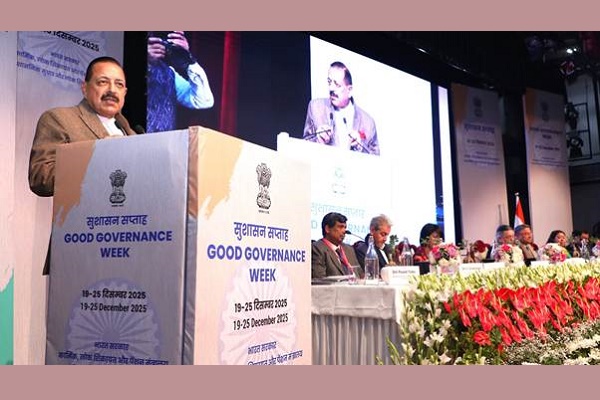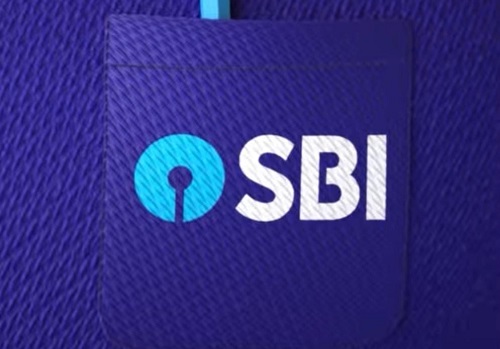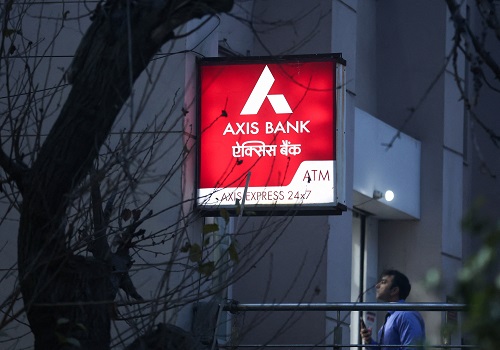Banking Sector Update : Asset-quality issues are lower in our list of concerns by Kotak Institutional Equities

Asset-quality issues are lower in our list of concerns
The RBI’s FSR report shows that impairment ratios for Indian banks are still in a favorable position. Gross NPLs declined 30 bps to ~2.3% in 2HFY25. RoE is at a decadal high of ~14%, and RoA is comfortable at 1.4%. Several key portfolios within unsecured loans are showing an improving trend, suggesting that we may have a less worrisome outlook on asset quality for FY2026. Key issues ahead are primarily on growth and NIM, where we do not have a differentiating view at this stage.
Improvement in NPL ratios continues; most portfolios show less stress
The key takeaways from the report: (1) Gross NPL ratio for 2HFY25 declined 30 bps to 2.3% for banks, while the net NPL ratio declined 10 bps to 0.5%. (2) Stressed loans in the industrial credit book declined to 3% from 23% in FY2018. (3) Gross NPL for PSU banks continues to head lower to 2.8% (3.3% in 1HFY25). (4) Delinquencies in the retail portfolio have increased and are driven by the unsecured loan portfolio, but trends appear to be less worrisome. Delinquencies from SMA-2 have declined, and upgrades have increased. (4) MFI has seen a sharp increase in stress, led by borrowers with multiple lender associations and higher leverage. However, this share of highly indebted borrowers is declining as well. (5) Capital is at comfortable levels to manage growth and near-term stress. (6) Deposit growth and loan growth have converged, but mostly driven by slow loan growth. (7) RoE at ~14% and RoA of 1.4% are stable, but the lower credit cost has been offset by NIM compression.
Unsecured loans show signs of recovery; SME is less worrisome
The key takeaway is that asset-quality concerns should remain subdued in FY2026, barring any severe global slowdown. In FY2024-25, slippages were largely driven by unsecured loans, which formed the bulk of overall stress. The portfolio has already been tested, with lenders curbing growth and tightening credit filters. With most bad loans already recognized, it appears that the stress reported by banks is less severe than initially feared. This sets the stage for potentially lower slippages and credit costs in FY2026. Notably, the headline NPL ratio for SMEs—another segment under close watch—continues to improve. This suggests that credit flow could remain healthy, supporting lower stress levels in the near term, even if global factors moderately impact borrower balance sheets. Finally, we could expect improvement in MFI in FY2026.
Growth and NIM are higher on the list of concerns compared to asset quality
We have shifted our focus to NIM and growth outlook. Recent regulatory measures indicate efforts to stimulate growth, though the recovery is expected to be gradual. In a declining interest rate environment, and with deposit quality still posing challenges for lenders, building and sustaining portfolios with a higher share of EBLR-linked loans has become increasingly difficult. Additionally, rising competition across product segments has made it more challenging to maintain a favorable medium-term outlook on both metrics
Above views are of the author and not of the website kindly read disclaimer
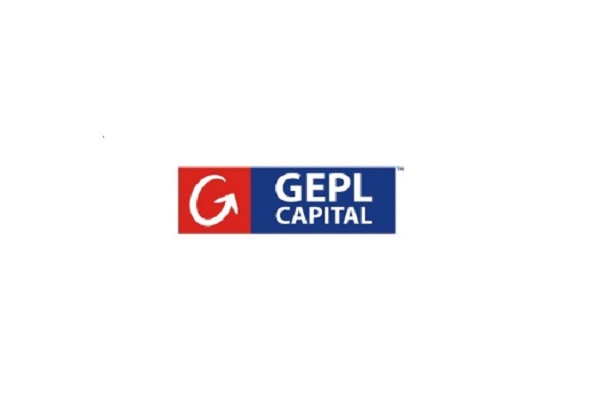
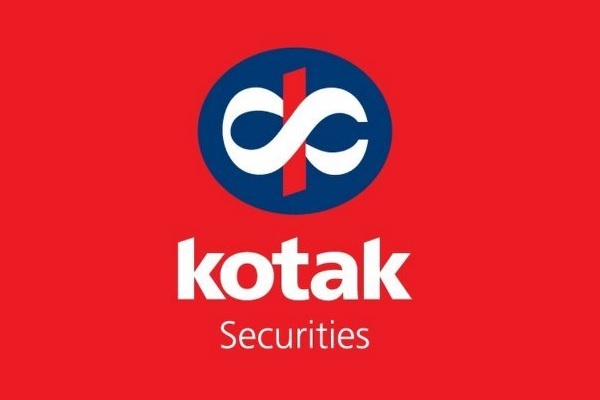
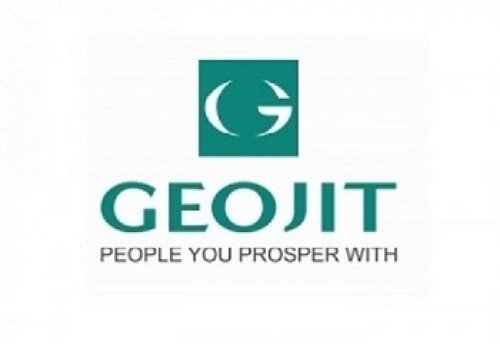



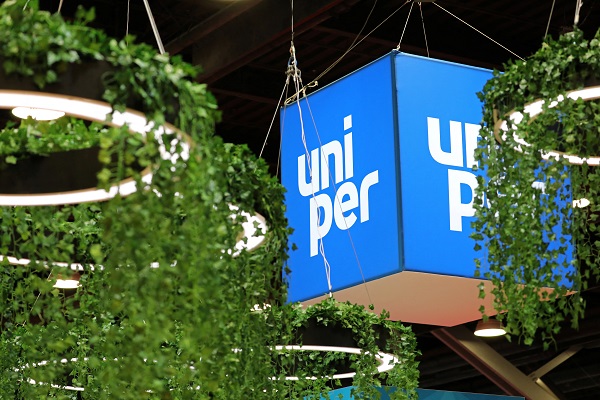



More News

IT Services: GPT-5 unleashed: Presents risks and opportunities from Kotak Institutional Equi...








